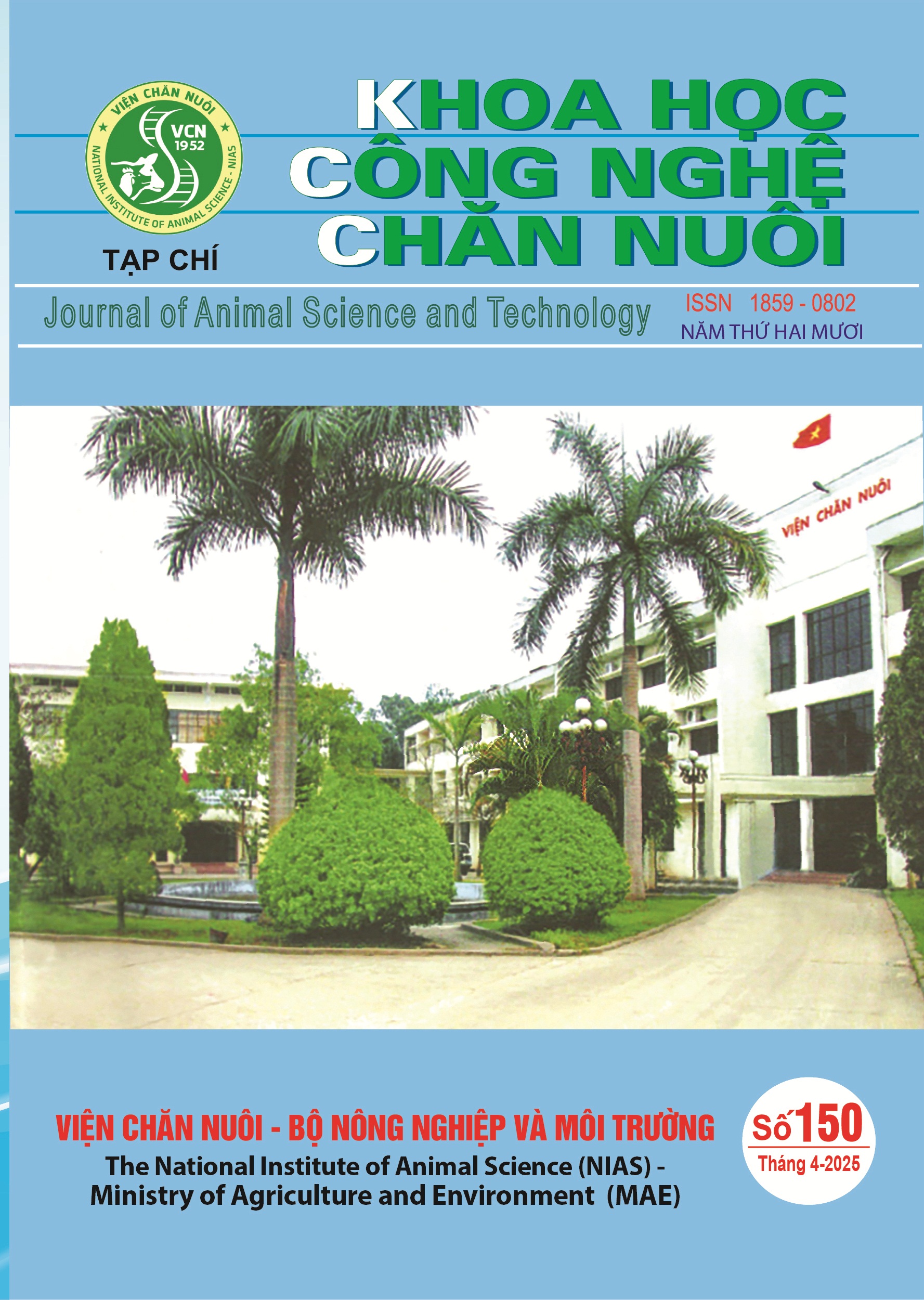Appearance and performance traits of H’Mong x DA15-15 crossbred chickens
This study aimed to evaluate the productive and phenotypic traits of crossbred chickens obtained from H’Mong and DA15-15 parental lines. The experiment was conducted at the Center for Livestock Experimentation and Conservation from 2023 to 2024, using a completely randomized design with four treatment groups, each replicated three times. Each replicate consisted of 150 birds. The experimental groups included DAHM (♂ DA15-15 × ♀ H’Mong) and HMDA (♂ H’Mong × ♀ DA15-15) crossbreds, while the control groups were purebred H’Mông and DA15-15 chickens.
Both DAHM and HMDA chickens exhibited desirable traits, including black skin, meat, and bones - characteristics of the H’Mong breed. They demonstrated strong disease resistance, with high survival rates: 98.67% and 98.22% during the brooding stage (0–8 weeks) and 99.51% and 98.27% during the grower stage (9–20 weeks), respectively. Egg production per hen over a 68-week laying period was relatively high, at 122.24 eggs for DAHM and 126.31 eggs for HMDA. These findings indicate that both crossbreds have a strong potential for development in native high-value poultry production

